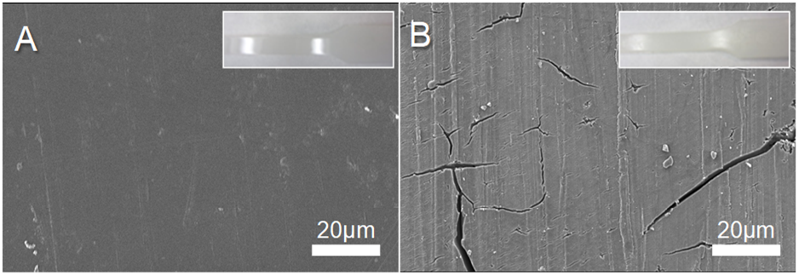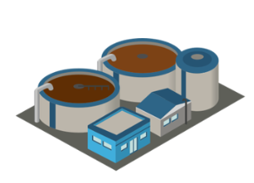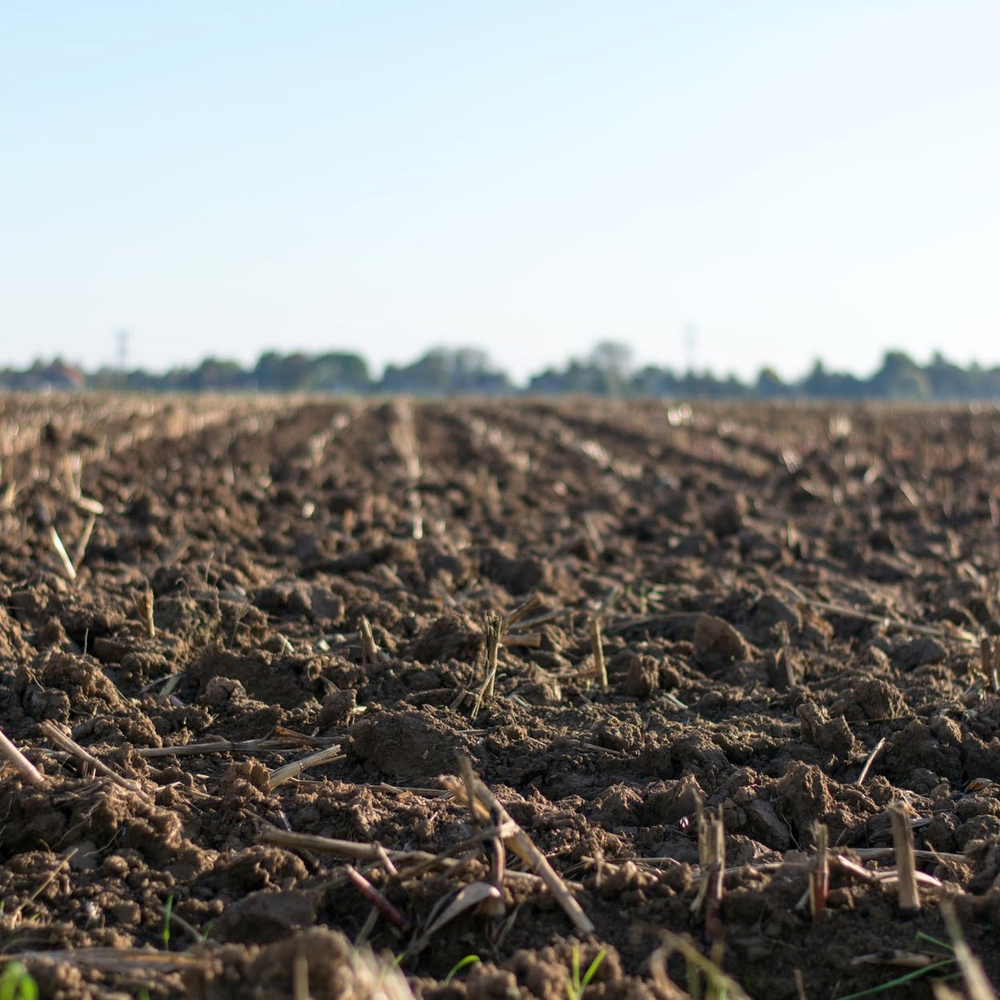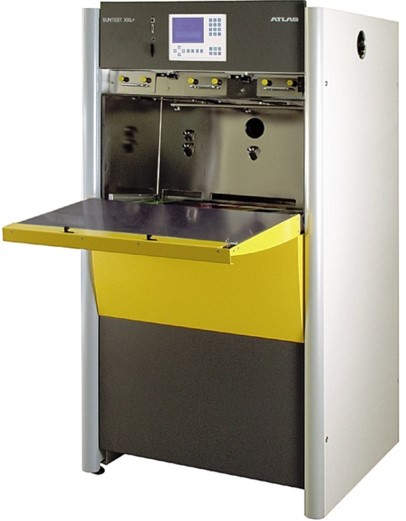Nano-enabled product release rates and routes: Weathering
Weathering is the adverse response of a material or product to climate, an alteration often causing unwanted and premature product failures. When a nano-enabled product (NEP) undergoes weathering, this may be accompanied by NM release or foster release during subsequent use. This page explores how potential ENM release rates, amounts and forms are measured. Many more details can be obtained from NanoFASE Report D4.2 (Release estimates inventory).
|
|
Released to |
||
|
|
|
 Water |
|
Release rates and amounts |
|
A broad range of NEPs are likely to be used outdoors and thus, be exposed to weathering: textiles, polymers, ceramic tiles, glass, etc. Depending on the material that is being evaluated, the release rate can vary between 0% and 100%. The routes can also differ depending on where the NEP is placed. In cities, water from rain may drag the released ENMs into the sewage system, through which they arrive in Waste Water Treatment Plants (WWTP). In less populated areas, water containing released ENMs may end up in soil or even in surface water.
|
Release forms |
|
Similarly, the release forms are highly dependent on the particular material under study. However, the UV incidence on the NEP usually triggers chemical modifications on the matrix, the ENMs or both. Sometimes, during the weathering process itself release does not occur, but the modifications that it induces on the product affects release behaviour during other activities (e.g. abrasion or washing).
|
Measurement procedure |
|
Depending on the specific material to be tested different standardized protocols exist by which a NEP is exposed to weathering. Each protocol establishes a determined temperature, humidity, irradiance and duration of the dry and rain cycles. A climatic chamber may be used for this controlled exposition. In the photocatalytic coating for roads study in NanoFASE, the water coming from the rain cycles was collected at different times across the exposition to understand relative release as weathering progressed. The water was frozen and freeze-dried to isolate its solid content. This residue was characterized through electronic microscopy and ICP-MS to determine the physicochemical properties and concentration of released ENMs, and thus determine the release forms and rates. |
Climatic chamber |
Case studies

Photocalytic Coating for Roads
Read more |
Read also |
|
Visit the NanoFASE Library to read summaries: NanoFASE Report D4.1 Inventory of estimates of ENMs and nano-enabled products value chain NanoFASE Report D4.2 Release estimations during ENMs and nano-enabled products value chain |
Atlas material testing solutions, "Weathering Testing Guidebook." Koivisto AJ, Jensen ACØ, Kling KI, et al (2017) Quantitative material releases from products and articles containing manufactured nanomaterials: Towards a release library. NanoImpact 5:119–132. doi: 10.1016/j.impact.2017.02.001 E. Fernadez-Rosas et al., "Influence of Nanomaterial Compatibilization Strategies on Polyamide Nanocomposites Properties and Nanomaterial Release during the Use Phase," Environ. Sci. Technol, vol. 50, no. 5, pp. 2584–94, 2016. M. Busquets-Fité et al., "Exploring release and recovery of nanomaterials from commercial polymeric nanocomposites," J. Phys. Conf. Ser., vol. 429, p. 012048, Apr. 2013. W. Wohlleben et al., "A pilot interlaboratory comparison of protocols that simulate aging of nanocomposites and detect released fragments," Environ. Chem., vol. 11, no. 4, pp. 402–418, 2014. |
Contact
 Alejandro Vilchez
Alejandro Vilchez

Vicenç Pomar-Portillo




